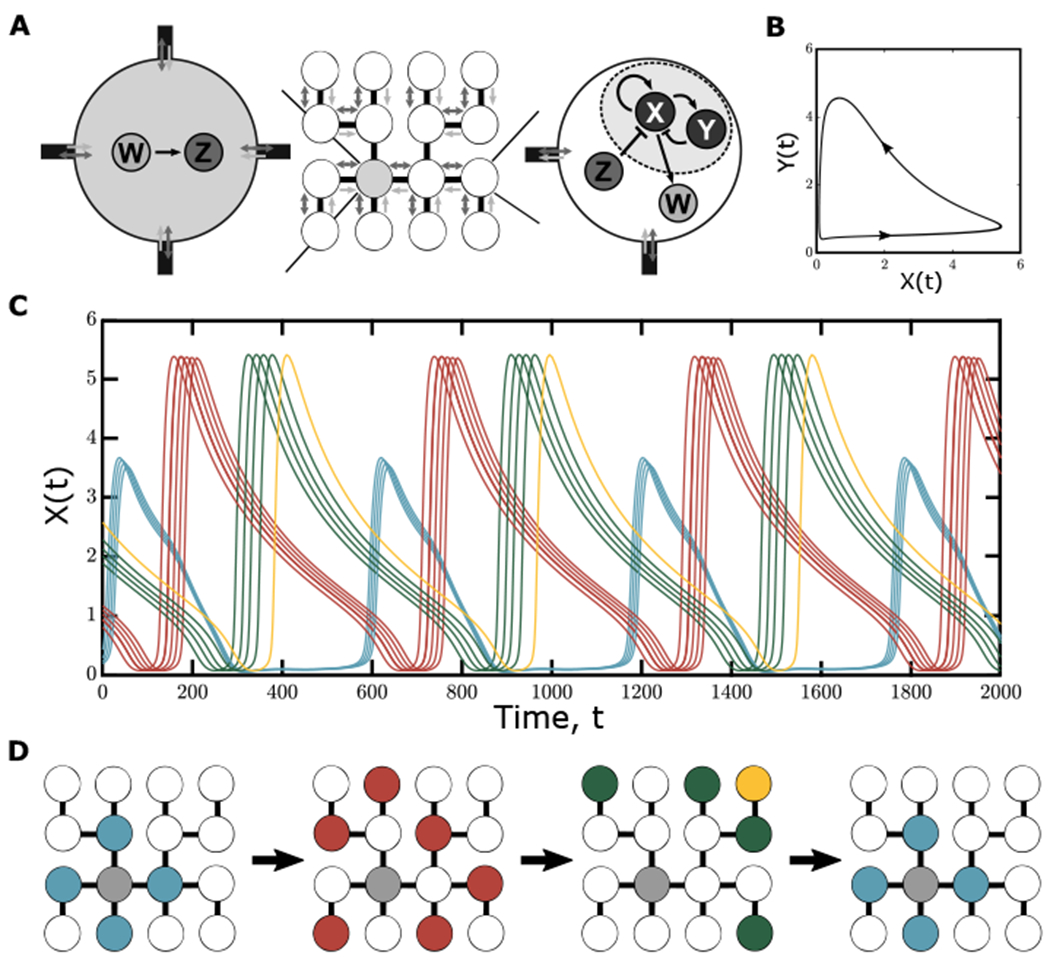Figure 5. Endocycling groups emerge from a model based on retrograde transport.

(A) Representation of the proposed reaction scheme and transport within the egg chamber: each NC contains two components, X (CycE) and Y (Negative regulators of CycE), which interact in a nonlinear way to produce oscillatory behavior. Additionally, X produces a component W (dap mRNA), which is directly localized to the oocyte. In the oocyte, W produces component Z (Dap protein), which passively diffuses back to the NCs, where it further inhibits the production of X. This transport-based model proves sufficient for the emergence of endocycling groups based on distance from the oocyte.
(B) The limit cycle behavior based on nonlinear interactions between X and Y within each NC.
(C) Temporal dynamics of component X in each NC taken after an initial transient. From randomized initial conditions, groups of NCs oscillate in synchrony when directed transport is present within the system.
(D) Schematic of dynamics of component X over time on the NC tree, as in Figure 1D.
